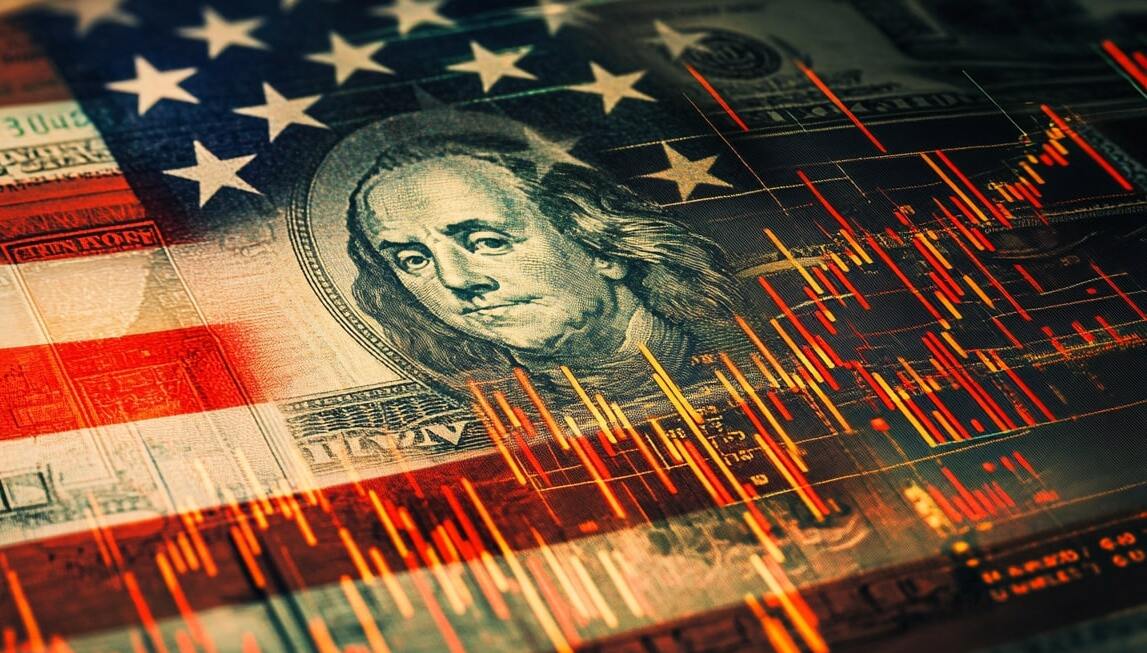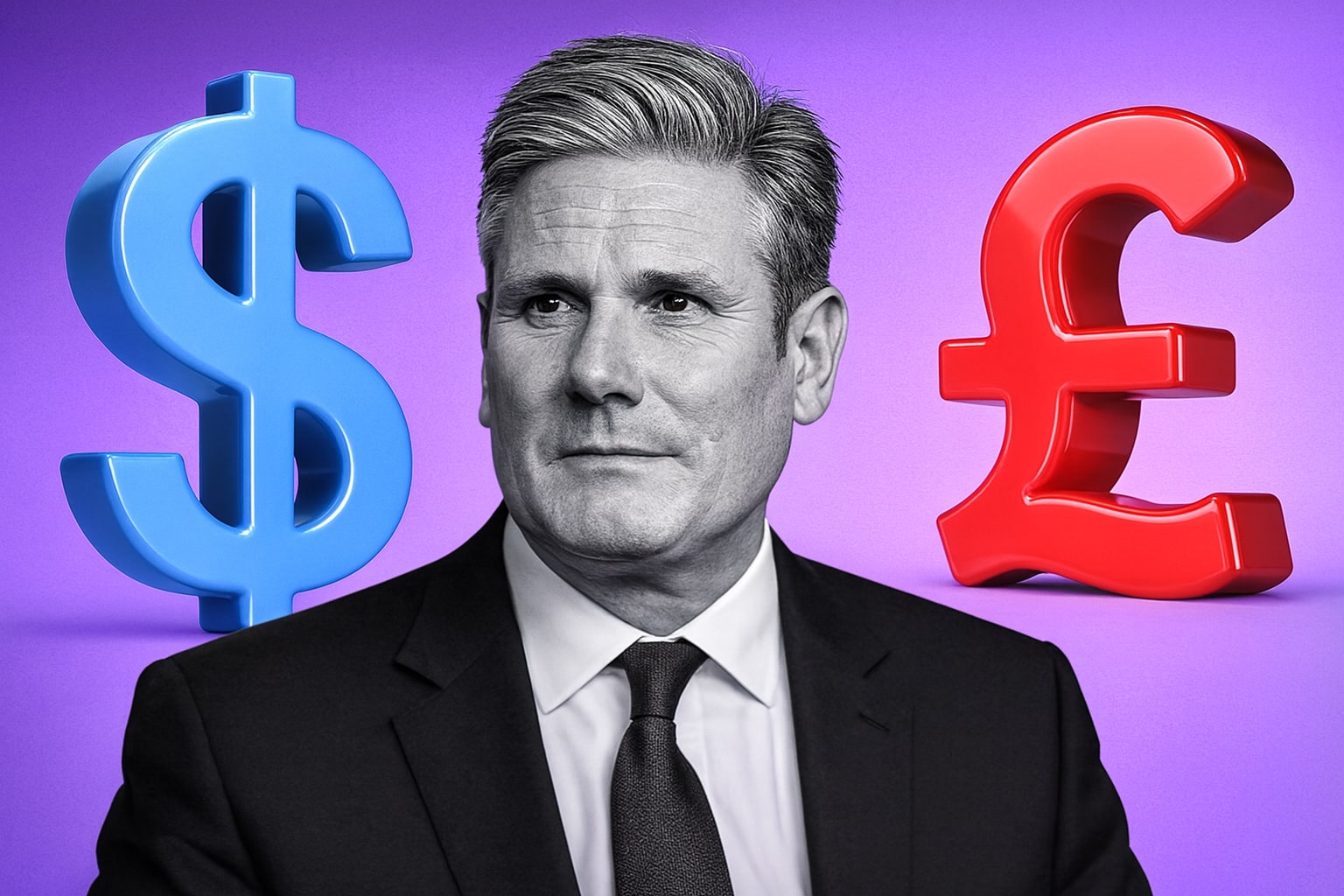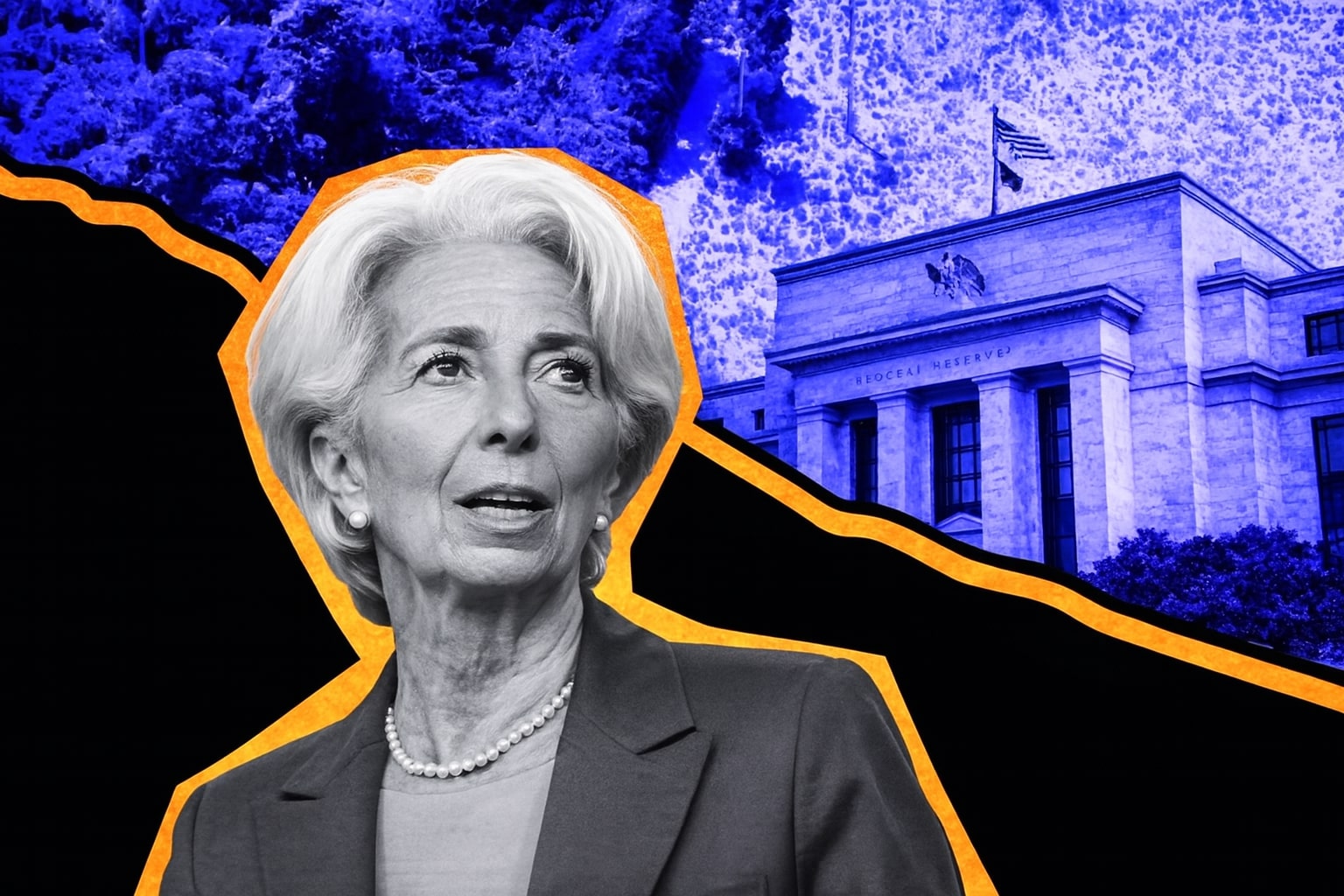EUR/USD Pressured by Strong Dollar and Eurozone Political Uncertainty
USD Strength Bolstered by Fed’s Rate Strategy and Economic Indicators
The U.S. dollar continues to assert dominance in the EUR/USD pair, supported by the Federal Reserve's steady stance on maintaining the Federal Funds Rate at 4.75%. This decision reinforces the dollar's strength as markets perceive it as a cautious approach to inflation management. U.S. Consumer Credit also showed a weaker-than-expected increase, coming in at $6.0 billion compared to the forecasted $12.2 billion, highlighting subdued borrowing in the U.S. economy. Adding to this, U.S. consumer sentiment rose to 73.0, surpassing projections and reflecting positive market sentiment, which contributes to the dollar’s rally.
The dollar’s momentum also gains strength from high Treasury yields, which stand resilient as the Fed’s firm stance minimizes the likelihood of significant rate cuts. The broader U.S. market outlook remains favorable for the greenback, putting downward pressure on the EUR/USD pair.
Euro Faces Headwinds Amid Political Instability and Weak Economic Data
In contrast, the euro has been plagued by a series of challenges that have weighed on its appeal. Political turmoil in Germany, with Chancellor Olaf Scholz facing a confidence vote, has created uncertainty within the Eurozone’s leading economy. Germany narrowly avoided a technical recession with Q3 growth of 0.2%, but political instability could delay further fiscal measures, dampening investor confidence in the euro.
Adding to this, mixed data from the Eurozone only exacerbates the situation. French Trade Balance posted a worse-than-expected deficit of €8.3 billion, and Italian Industrial Production contracted by 0.4%, casting doubts on the region’s economic resilience. While Italian Retail Sales beat forecasts, growing by 1.2% compared to the expected 0.2%, this is insufficient to offset the overarching weaknesses.
Impact of Trump’s Policies on EUR/USD
The recent re-election of Donald Trump has injected additional momentum into the dollar, with expectations that his administration will implement more aggressive trade policies. Trump’s promises to increase import tariffs and reduce taxes are anticipated to create inflationary pressures in the U.S., potentially bolstering the dollar further. Market players are also on alert for possible tariffs on European exports, which could dampen the Eurozone’s trade outlook, especially as the region’s economy remains fragile. This economic climate casts a shadow over the euro, making it more vulnerable to fluctuations in the dollar’s strength.
Technical Analysis of EUR/USD
Key Levels to Watch
Currently, EUR/USD trades near $1.0721, with a pivotal support level at $1.0713. If the pair holds above this level, it could maintain a slight bullish bias with immediate resistance at $1.0729, $1.0742, and a more robust barrier at $1.0755. However, should EUR/USD break below $1.0713, it could spark a sharper decline towards the key support levels of $1.0687 and $1.0668. The 50-day and 200-day EMAs, situated at $1.0775 and $1.0834 respectively, create substantial resistance, capping potential upside moves in the near term.
Double Bottom Signal at $1.0660
EUR/USD faces a critical test at the $1.0660 support level, which has served as a reliable support point previously. Should the pair dip below this level, the downward trend may accelerate, pushing the euro closer to $1.0600. Technical indicators suggest that if the dollar’s strength continues, we could see EUR/USD approach these lower levels. The dollar index (DXY) maintains strength above 105, creating a challenging environment for the euro.
U.S. Economic Calendar and Its Implications for EUR/USD
Looking ahead, the U.S. economic calendar is set to play a decisive role in shaping EUR/USD’s trajectory. This week, all eyes will be on the U.S. Consumer Price Index (CPI) for October, scheduled for release on Wednesday, which is expected to show a 2.4% year-over-year growth, stable from September. If inflation data meets or exceeds expectations, it could solidify the Fed’s position on rate policy, reinforcing dollar strength and adding downward pressure on EUR/USD.
On Thursday, the U.S. Producer Price Index (PPI) data will shed light on wholesale inflation. Market consensus anticipates no significant change month-over-month, but any surprise here could impact dollar sentiment. Friday’s Retail Sales data will be crucial as well; a decline could weaken consumer spending outlooks, which might weigh on the dollar slightly, offering some respite for EUR/USD.
Eurozone Economic Outlook and ECB’s Response
The Eurozone faces an uphill battle with its own economic outlook. Political uncertainty in Germany, combined with muted growth figures, has raised speculation that the European Central Bank (ECB) might need to re-evaluate its policy stance. ECB policymakers, including Austrian National Bank head Robert Holzmann, have hinted at the possibility of interest rate cuts in December, dependent on upcoming economic data. Such a move could further erode support for the euro in the medium term.
Strategy: Short Bias with Caution on Key Levels
Given the prevailing factors, a bearish outlook on EUR/USD is warranted, especially if the dollar maintains its upward momentum. Traders may consider short positions on bearish reversals near resistance levels at $1.0746, $1.0787, and $1.0821. Stops should be set slightly above the local swing high to manage risk, with profit targets near $1.0686 or lower if EUR/USD breaches $1.0660 support. Conversely, if the pair finds stability above $1.0686, a cautious long position could be explored, but with conservative profit-taking given the bearish overall sentiment.
Conclusion: Navigating Volatility Ahead
The EUR/USD outlook remains highly influenced by the dollar’s strength and the euro’s susceptibility to political and economic challenges. With the U.S. calendar packed with impactful data, EUR/USD could experience significant volatility in the coming days. Maintaining a close watch on key levels and adjusting positions accordingly will be crucial as the pair navigates this uncertain terrain. While the potential for euro recovery exists if political tensions ease and ECB steps in, the current sentiment remains bearish, favoring the dollar in the near term.




















